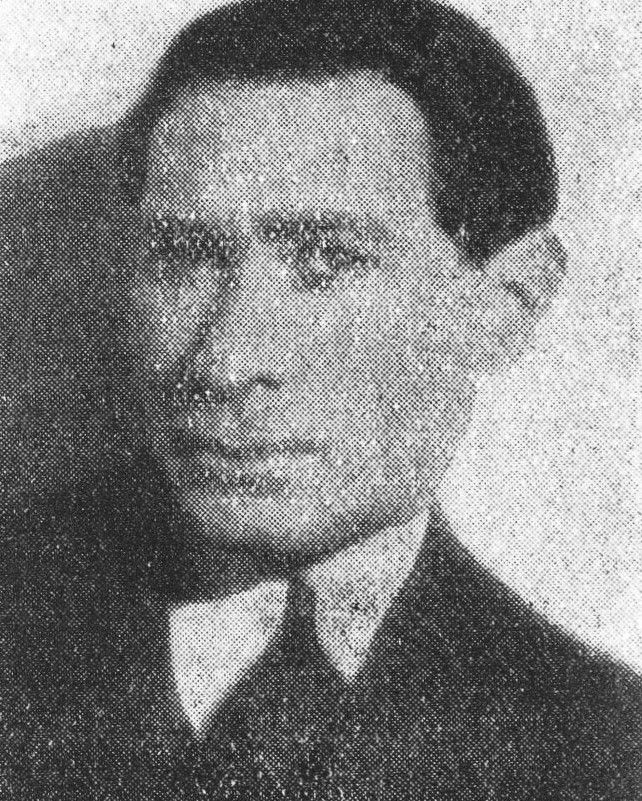Louis LILLE
January 3, 2019Ossip LUBITCH
January 3, 2019Ary Arcadie LOCHAKOW
ARGEIEV (BESSARABIA) 1892 – PARIS 1941
Arcadie Lochakow was the son of a photographer. He left home at a young age for Odessa, where he studied painting at the School of Fine Arts. He taught gymnastics in Argeiev, his native town, in order to resolve financial difficulties he was facing. When World War I broke out, he was mobilized on the Russian front and became an officer. In 1920, Lochakow arrived in Paris with his friend, poet David Knut. Two years later, he exhibited his work at the Salon d’Automne, Salon des Indépendants, and Salon des Tuileries. He was a loner and lived with his friend in a hotel room. He worked part time in a photography studio to earn his living and dedicated the rest of his time to painting. Arcadie Lochakow died on October 5, 1941 in a hotel in Paris, as a result of malnutrition. After he died, all his works were sold at auction.
Stories of Jewish Artists of the School of Paris 1905-1939
FRENCH-ENGLISH
Capitale des arts, le Paris des années 1905-1939 attire les artistes du monde entier. De cette période de foisonnement, un terme est resté, celui d'Ecole de Paris, qui recouvre une grande diversité d'expression artistique. Dans ce brassage dont Montparnasse est le creuset, un groupe se distingue : celui des artistes juifs venus de Russie, de Pologne et d'Europe centrale. Si leurs styles sont variés, un destin commun les rassemble : ils fuient l'antisémitisme de leur pays d'origine. Certains ont connu la célébrité dès les années 1920, tels Soutine, Lipchitz ou Chagall. D'autres n'ont pas eu le temps ou la chance d'y accéder. Près de la moitié a péri dans les camps de concentration nazis.
From 1905 to 1939, Paris attracted artists from all over the globe as the capital of the art world. This period of artistic proliferation became known as the School of Paris, and includes a great diversity of artistic expression. Within the teeming art world centred on Montparnasse, one group set itself apart: Jewish artists from Russia, Poland, and Central Europe. Although their styles were diverse, they shared the common fate of fleeing anti-Semitic persecutions in their home countries. Some became famous in the 1920s, such as Soutine, Lipchitz, and Chagall, while others did not have the time or the luck to gain renown. Nearly half of these artists died in Nazi concentration camps.





